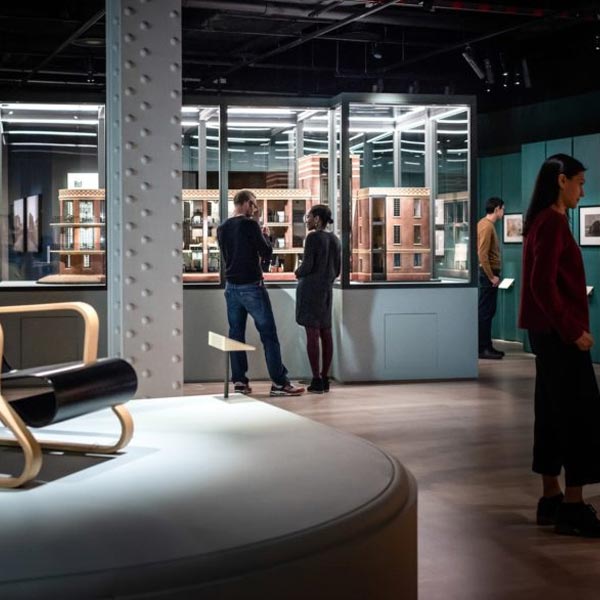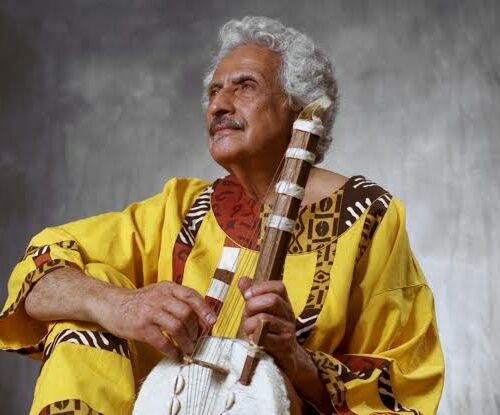
Recomposing
 A newly released CD has reminded me this week of a very useful tool in the arsenal of the composer, that of recomposition. The term loosely refers to the action of reworking an existing piece into something new, however, this can be achieved in a variety of ways and results can provoke some animated debate regarding artistic merit.
A newly released CD has reminded me this week of a very useful tool in the arsenal of the composer, that of recomposition. The term loosely refers to the action of reworking an existing piece into something new, however, this can be achieved in a variety of ways and results can provoke some animated debate regarding artistic merit.
Musical borrowings are commonplace throughout history and a common technique is the use of an existing theme to create a new, larger piece, such as Tallis’ Third Mode Melody as a starting point for Vaughan Williams’ Fantasia on a Theme by Thomas Tallis. Themes have also been worked into variations, such as Rachmaninoff’s Variations on a Theme of Corelli (Op. 42), themes which themselves have origins preceding even Corelli. In other words, a recomposed recomposition!
Works from J.S. Bach have also seen a broad variety of reuse, from Gounod’s adaptation of the Prelude in C major (BWV 846) into Ave Maria, Liszt’s variations and arrangements, and even Berg’s assimilation of a Bach Chorale into his Violin Concerto.
Arguably, recomposition could include variations, medley, parody, paraphrasing, modelling or arranging, and even borrowing an existing harmonic framework; a project on which can be found in the OCA course Music 2 Moving On with Composition. These devices can been seen and heard across historical periods and genres, developing even further with the arrival of new technology enabling remixing, sampling and sequencing.
As a composer, musical influences will leach into your work whether subconsciously or deliberately. Isn’t musical evolution driven by the creation of something new from the influence and amalgamation of one’s experiences with your own musical voice? But, at what point does something reworked become something able to stand on its own artistic merits?
With this in mind, I return to the newly released CD. Recomposed by Max Richter: Vivaldi, The Four Seasons combines fragments and phrases from the original Baroque work with minimalist material and techniques. It takes a brave composer to tackle something as well known as The Four Seasons, as it must be very difficult for a listener to approach the piece without the original firmly in mind, and without a preconceived bias for or against.
Personally, despite my initial reservations, Richter has used such a variety of approaches in recomposing that I can’t help but feel compelled to admire it. However, I’ll let you be the judge.
Here’s a section from the piece – Spring 1 – other audio snippets can be found HERE.






Beautiful. Can I do this(recompose) in photography I wonder?
Why not?
Transcription art?
Exactly
Cindy Sherman (amongst many others) has done just this look here and here
Chris, thanks for sharing this. It is fascinating and rather beautiful. As you say, musical borrowings are commonplace, it really requires no justification.
I have tended to be a bit sceptical about minimalism, but I think this piece does show very positively what can be achieved. I have to say though that I think that the success does owe quite a lot to the brilliance of the original material. It is not for nothing that the Four Seasons is very well known, it is an absolute masterpiece. If you are going to borrow why not borrow from the best.
When I was in my teens I was stuck with my family on a holiday in the Middle East for a month with nothing to do except to listen to two tapes which we played to death. One was Ravel’s Bolero, the other was the Four Seasons. It took me years before I could bear to listen to Bolero again, but I never stopped liking the Four Seasons. Shows how good it is.
Bolero, of course, was an exercise in orchestration.
A very interesting article, thank you Chris. Will be listening to the music once returned from a weekend away.
I am well aware that Bolero was an exercise in orchestration.
It is quite a clever piece, but I found the effect of being forced to listen to it over and over quite oppressive.